How does a radio telescope work? Discover our SPIDER radio telescopes
How does a radio telescope work? Discover how our SPIDER radio telescopes that allow you to own and operate an affordable system to capture and analyze radio waves coming from space: in-house design, integration and test.
Turn-key radio telescopes for radio astronomy
We developed complete radio telescopes, affordable and easy to use, ranging from 2.3 to 5 meter diameters. SPIDER radio telescopes are designed for radio astronomy and they come with lightweight aluminum mesh dish matched with a specially designed feed, LNA units and receiver for 1420 MHz frequency, controlled with RadioUniversePRO radio astronomy software.
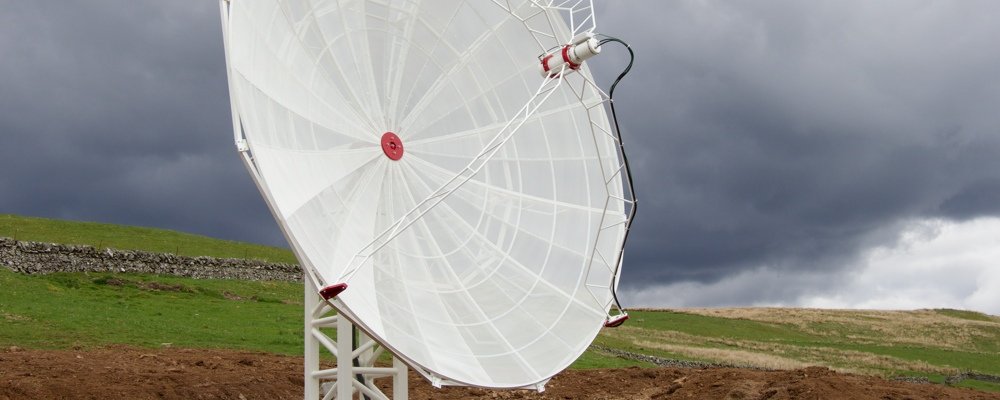
How does a radio telescope work? Weatherproof alt-az antenna tracking systems
In order to use the radio telescope in the most challenging of environmental conditions (for example in case of high winds) and ensure a perfect antenna pointing and tracking, we developed the best antenna tracking systems with special encoders with resolution of 0,00015°, making it possible to install the radio telescope in the field, without any particular weather protection. Antenna tracking systems are available in different dimensions based on the diameter and weight of the antenna used.
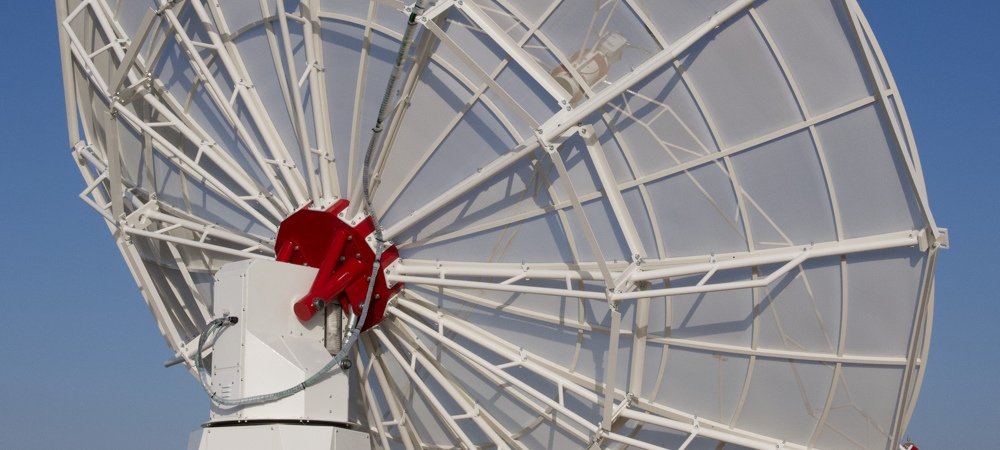
Spectrometer and radiometer low noise receivers
Capturing weak signals from space, both for radio astronomy and satellite communications, requires very high gain and signal stability, keeping the system noise to a minimum. In order to accomplish this task, we designed special radiometer and spectrometer receivers for 1420 MHz frequency and radio astronomy applications. For satellite communication, you can connect your receiver or transceiver to our antennas or we can design a specific receiver version based on the frequency you need to record.
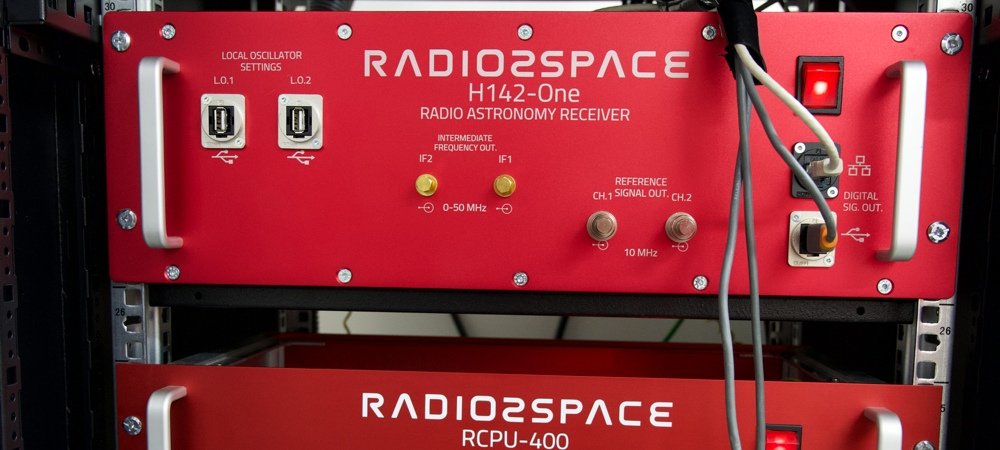
How does a radio telescope work? Remote control capabilities
Every SPIDER radio telescope is designed to be remotely controlled from the control room where the receiver and the control software are installed. We developed special remote control electronics in order to keep the power units remotely in the control room so the radio telescope doesn’t need a power connection at its installation site. A special module is available to remotely control the radio telescope, from a local network or via the Internet.
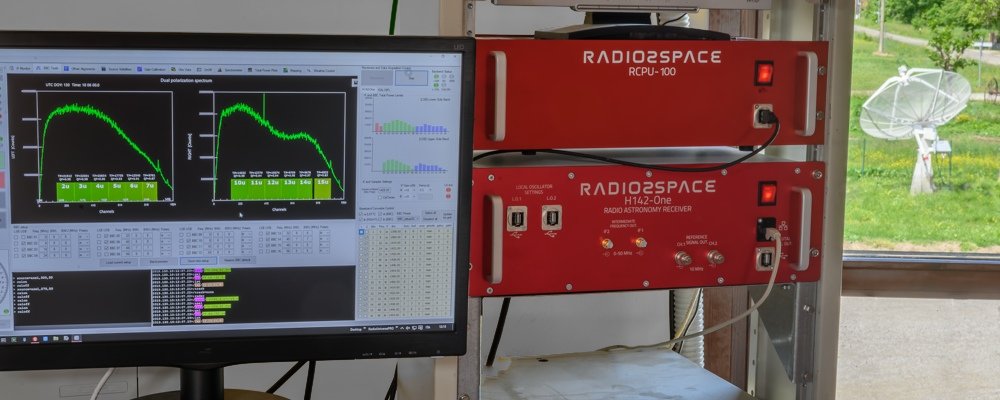
Interferometry ready
We designed our radio telescope to be ready for interferometry. In fact, SPIDER mounts have the high precision pointing and tracking features needed for interferometry, insuring all the radio telescopes are pointing at the exact same area of the sky. The receivers have all the needed hardware that is required to connect to an interferometry module – we are currently developing an interferometry module for our radio telescopes.
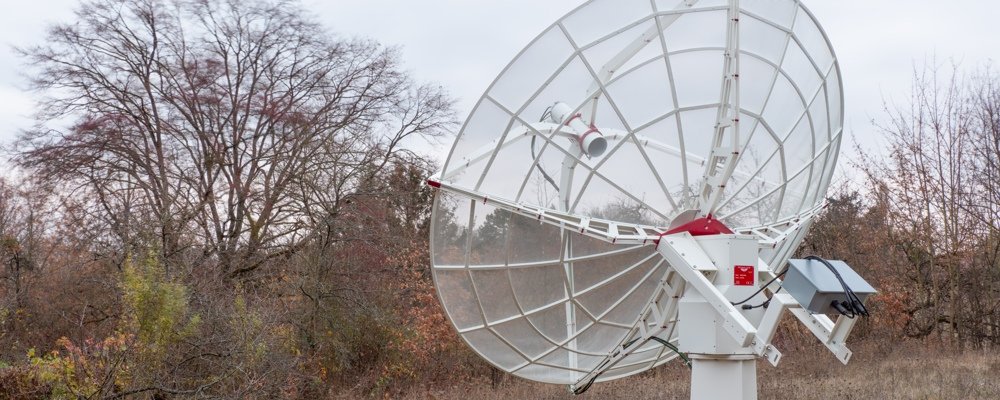
BBC filters for RFI Radio Frequency Interference mitigation
When using radio telescopes, it is important to avoid recording RFI (radio frequency interferences). Since it is not always possible to install the radio telescope in an isolated location, we developed a special technology based on BBC filters, included in the radio telescopes control software, that allows the user to easily visualize possible interferences and remove the unwanted part of the spectrum from the recording.
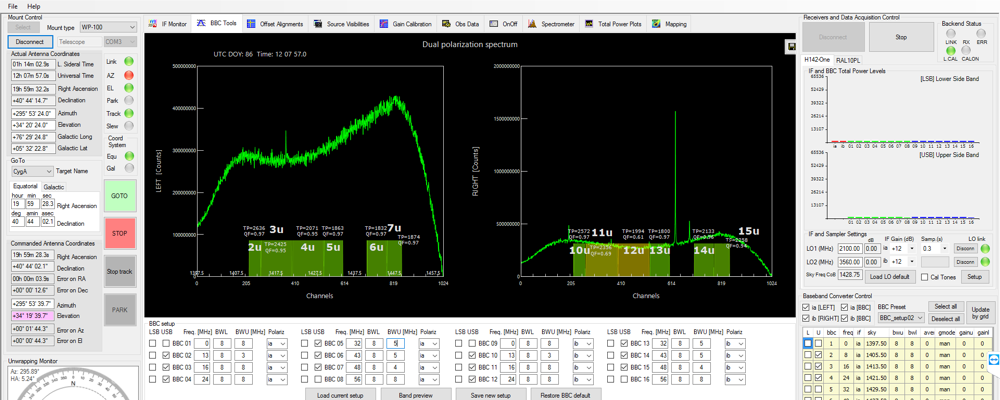
How does a radio telescope work? Control and processing software
In order to control the radio telescope, record and process capture data, we developed the RadioUniversePRO software. This comprehensive software suite allows the user to easily use the radio telescope free from unwanted complications. The software also allows the user to create scripts to automate the radio telescope capture and to save raw data in FITS format for post processing.
